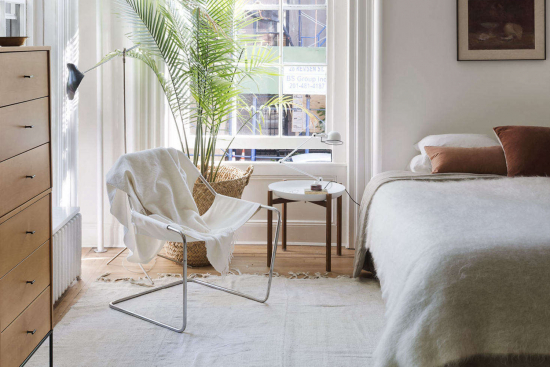Required Reading: The Japanese House Since 1945
Our fascination with and admiration for Japanese culture and design is no secret. Barely a week goes by without us sharing a coveted crafted object, humble household item, or elevated approach to homemaking. So when we saw the title of Thames and Hudson’s latest release, The Japanese House Since 1945, we spotted a glaring gap in our knowledge. How many Japanese architects could we actually name? Shamefully few. How many iconic Japanese houses would we actually recognize? Even less.
The American architect, journalist, and author Naomi Pollock, who has lived in Japan since the 1980s, puts that right with this cohesive chronology of 97 compelling, architect-designed Japanese homes showing developments in form, material, architectural expression, and family living over almost eight decades.
Have a look:


The book opens with a rousing introduction by Tadao Ando, Japan’s 82-year-old autodidact architect. (Four of Ando’s own residential designs appear here.) “The home is the building most intimately connect to the lives of human beings,” he writes, “and as such, it is the origins of architecture and the most effective means of capturing its essence. Consequently, tracing the residential buildings regarded as masterpieces of their time gives a sense of the social climate at that moment [and] allows one to listen in on the true feelings of the community.”










